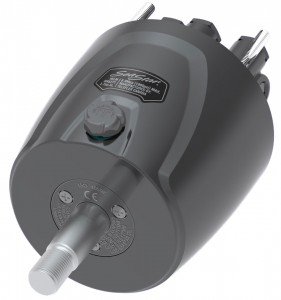I have a 1982 Marine trader Double cabin 34. I come from the sailing world where I had 7 sailboats over 45 years. All had better directional stability and steering response than my new to me trawler. Somehow -someway the trawler has 6 turns on both steering wheels lock to lock! My last sailboat and most of them had 3 turns lock to lock. In other words, half the turning at the wheel produced an equal turn angle of the rudder. The trawler has newer seastar cylinder and helm pumps. The torque effort at the wheels (24inch diameters) is minimal--can easily turn wheels with one finger. Also the previous owner had the aft end of the rudder extended 3 inches. Boat has a large flybridge enclosure that has a lot of extra windage which a gust of wind knocks off course easily. I was wondering if I could improve things by simply moving the pin connection on the steering ram towards the rudder post as much as the geometry situation allows???? My friend has a Prarie 29 with the same hydraulic steering set up and his lock to lock is only 4 turns-not 6 turns like mine. Comments please> 




